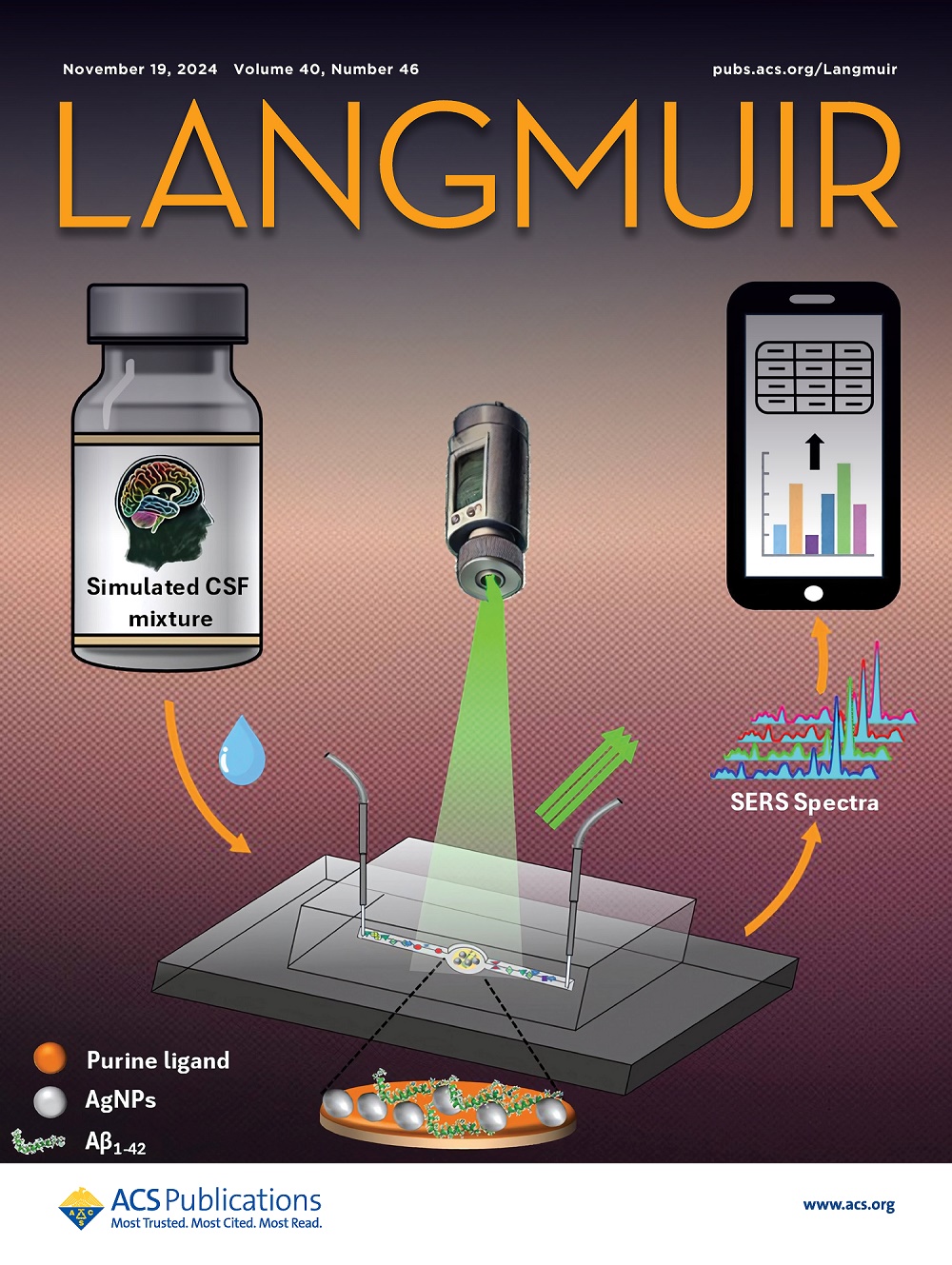Effective Structural Color Generation by Highly Ordered and Stacked Nanoparticle Layers of Titanium Dioxide Modified with Long-Chain Carboxylic Acids
IF 3.7
2区 化学
Q2 CHEMISTRY, MULTIDISCIPLINARY
引用次数: 0
Abstract
The aim was to easily achieve clearer structural colors than ever before by layering nanoparticles by using the Langmuir-Blodgett method. The outermost surface of titanium dioxide (TiO2) particles with a particle diameter of 15 nm was modified with long-chain fatty acids to synthesize organo-modified TiO2. The organo-modified TiO2 was spread on the air/water interface, and the obtained single-particle layer was laminated with different numbers of layers to obtain stepped multiparticle layers with thicknesses of 400–800 nm. The obtained multiparticle layer exhibited a clear structural color gradation. Compared with previous studies involving the use of triiron tetroxide and nanodiamonds with a particle diameter of 5 nm, TiO2 exhibited a clear structural color without the need for pretreatment. The organo-modified TiO2 multiparticle layer formed a highly ordered layer structure demonstrating 11th-order reflection in out-of-plane X-ray diffraction. Additionally, compared to other systems, the modification rate was high and the in-plane packing of the modified chains was highly advanced. However, the hue changed when the samples were annealed at 50 °C for 50 h. A method was subsequently proposed to introduce hydrogen-bonding functional groups into the modified chains to suppress this behavior. The pursuit of ease and stability in the expression of structural colors using nanoparticles will lead to future applications in cosmetic science.

其目的是利用朗缪尔-布洛杰特法将纳米粒子分层,从而轻松获得比以往更清晰的结构色彩。用长链脂肪酸修饰粒径为 15 纳米的二氧化钛(TiO2)颗粒的最外层表面,合成有机改性 TiO2。将有机改性的二氧化钛铺展在空气/水界面上,将得到的单颗粒层与不同数量的层进行层叠,得到厚度为 400-800 nm 的阶梯状多颗粒层。得到的多粒子层呈现出明显的结构色阶。与之前使用四氧化三铁和纳米金刚石(颗粒直径为 5 纳米)的研究相比,TiO2 无需预处理即可呈现出清晰的结构色。有机修饰的二氧化钛多颗粒层形成了高度有序的层结构,在平面外 X 射线衍射中显示出 11 阶反射。此外,与其他体系相比,改性率很高,改性链的面内堆积也很先进。然而,当样品在 50 °C 下退火 50 小时后,色调会发生变化。随后,我们提出了一种方法,在改性链中引入氢键官能团,以抑制这种行为。在利用纳米粒子表达结构色时追求简便性和稳定性,这将引领未来在化妆品科学中的应用。
本文章由计算机程序翻译,如有差异,请以英文原文为准。
求助全文
约1分钟内获得全文
求助全文
来源期刊

Langmuir
化学-材料科学:综合
CiteScore
6.50
自引率
10.30%
发文量
1464
审稿时长
2.1 months
期刊介绍:
Langmuir is an interdisciplinary journal publishing articles in the following subject categories:
Colloids: surfactants and self-assembly, dispersions, emulsions, foams
Interfaces: adsorption, reactions, films, forces
Biological Interfaces: biocolloids, biomolecular and biomimetic materials
Materials: nano- and mesostructured materials, polymers, gels, liquid crystals
Electrochemistry: interfacial charge transfer, charge transport, electrocatalysis, electrokinetic phenomena, bioelectrochemistry
Devices and Applications: sensors, fluidics, patterning, catalysis, photonic crystals
However, when high-impact, original work is submitted that does not fit within the above categories, decisions to accept or decline such papers will be based on one criteria: What Would Irving Do?
Langmuir ranks #2 in citations out of 136 journals in the category of Physical Chemistry with 113,157 total citations. The journal received an Impact Factor of 4.384*.
This journal is also indexed in the categories of Materials Science (ranked #1) and Multidisciplinary Chemistry (ranked #5).
 求助内容:
求助内容: 应助结果提醒方式:
应助结果提醒方式:


